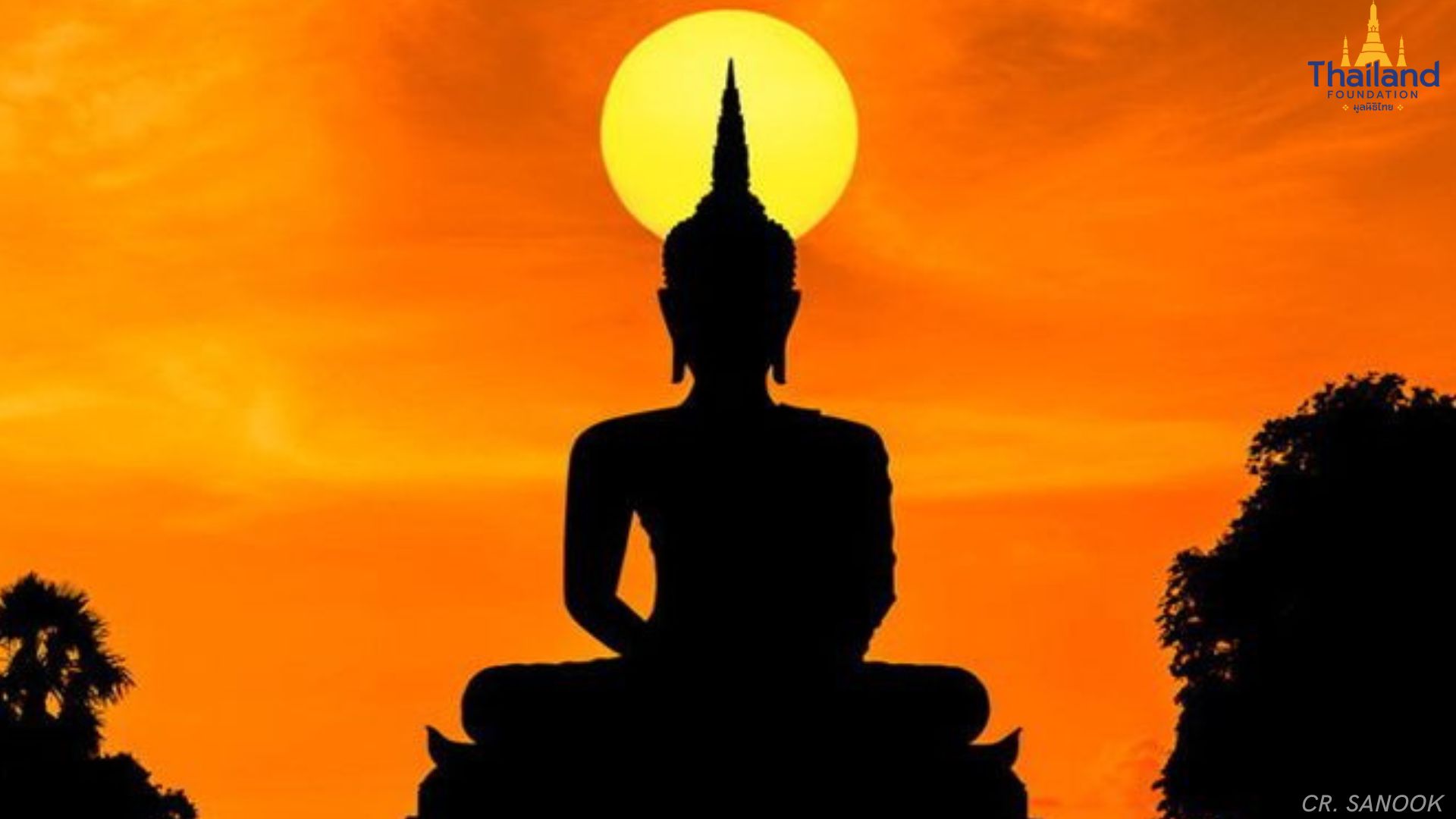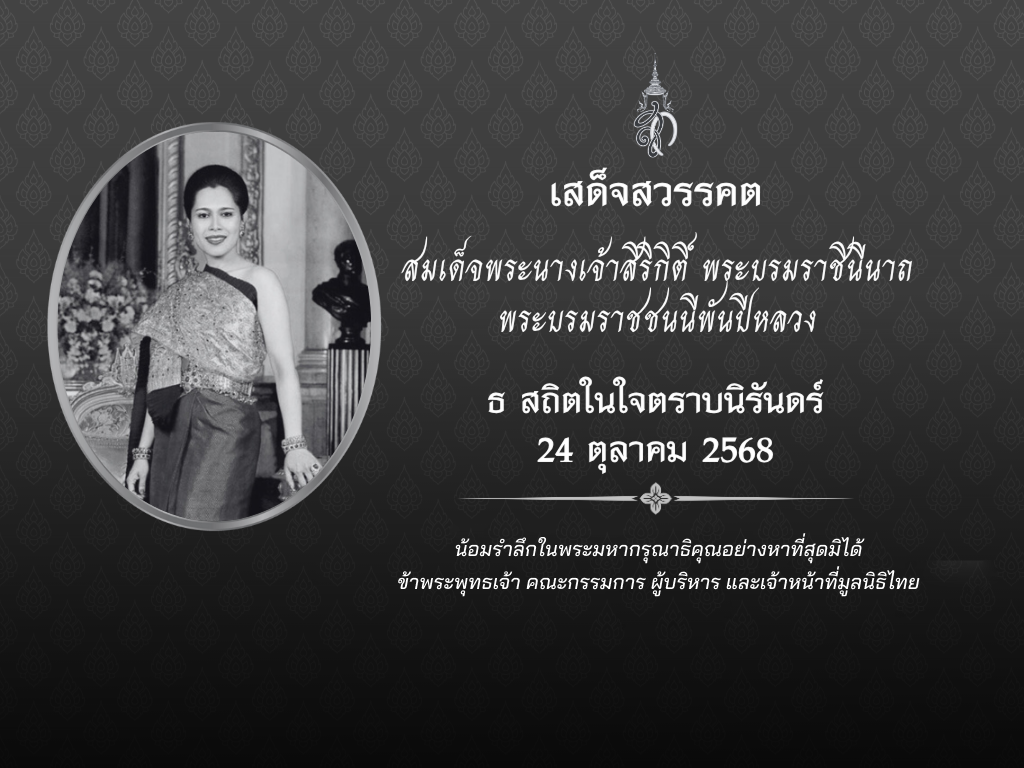

1. Introduction
Buddhist Lent, also known as Vassa or the Rains Retreat, is a significant three-month period in the Buddhist calendar coinciding with the monsoon season in South and Southeast Asia. In 2024, it begins on July 21 and ends on October 17. This annual observance has been maintained for over 2,500 years.
During Lent, monks traditionally remain in one place, dedicating themselves to intensive meditation, study, and reflection on the Buddha’s teachings. For lay Buddhists, it is a time of increased devotion, merit accumulation, and strengthening communal bonds. Many take on additional precepts or engage in more rigorous spiritual practices.
This article explores the historical background, religious significance, diverse practices, and modern-day observances of Buddhist Lent in Theravada Buddhist countries and communities worldwide.
2. Origins in Buddha’s Time and Dates for 2024
The origins of Buddhist Lent trace back to the Buddha himself. While he observed the first Vassa-residence after attaining Buddhahood at Isipatana (now Sarnath), for the first 20 years post-enlightenment, he and his disciples continued their year-round practice of wandering and teaching. However, this nomadic lifestyle led to unintended harm to crops and small creatures during the rainy season.
Responding to concerns from local farmers and other ascetics, the Buddha, while residing at the Veluvana or Venuvana Monastery, established the practice of remaining in one location for the three rainy months. This period became known as “Vassa” in Pali, meaning “to reside in one place for three months during the rainy season,” which later translated into the term “Lent.”
Over time, this practical measure evolved into a spiritual practice, offering an opportunity for intensive study, meditation, teaching, and strengthening communal bonds.
Buddhist Lent typically begins the day after the full moon of the eighth lunar month (Asalha Puja Day) and ends on the full moon of the eleventh lunar month (usually October). In 2024, these dates fall on July 21 and October 17, respectively.

3. Buddhist Lent in Thailand
In Thailand, Buddhist Lent, known as “Khao Phansa” (เข้าพรรษา), holds great significance, one of the important Buddhist solemnities and religious festivals.
Thai Buddhists, from the King who is the patron of Buddhism to the general public, have inherited the tradition of making merit on the first day of Buddhist Lent since the Sukhothai period. This is evidenced in the Ramkhamhaeng Inscription, or the First Inscription (Side 2), which states: “… The people of Sukhothai are fond of giving alms and observing precepts. King Ramkhamhaeng of Sukhothai, along with his family, nobles, and all the people, both men and women, have faith in Buddhism and observe precepts during the Buddhist Lent…”
Later, in the Rattanakosin period, the traditions of the Buddhist Lent Festival were mentioned in King Chulalongkorn’s royal writings titled “The Royal Ceremonies of the Twelve Months.” These include royal merit-making during the Buddhist Lent, the royal ceremony of casting candles for the Lent, the celebration of the Lent candles, and the royal procession to offer flower arrangements. These practices have continued until the present day, with the Royal Buddhist Lent Ceremony where the King and Queen personally preside over the ceremony at the Temple of the Emerald Buddha.
The period is also marked by both solemn observances and joyous festivals.
A notable tradition is the temporary ordination of young men as monks for the duration of Lent. This practice, typically beginning a few days before the Lent and ending shortly after, allows participants to immerse themselves in Buddhist teachings and undergo intensive mental training. It serves as a rite of passage and a way to gain merit for themselves and their families.
The start of Lent is a national holiday in Thailand, celebrated with unique customs and colorful festivals that showcase the country’s deep Buddhist devotion. One of the most renowned celebrations is the Ubon Ratchathani Candle Festival, a spectacular display of artistry and faith.
The festival begins on Asalha Bucha Day, with enormous beeswax candles arriving at Thung Sri Mueng Park. Skilled artisans meticulously carve and decorate these candles, transforming them into intricate works of art. The festivities include a preliminary exhibition and a smaller procession around local temples.
The main event unfolds the following day, with elaborately decorated floats carrying the massive candles parading through the streets. The procession is accompanied by vibrant music and traditionally dressed dancers, creating an electric atmosphere. Both locals and visitors join in the celebration, enjoying games, feasts, and cultural performances that highlight the spiritual and cultural significance of the Buddhist Lent in Thai society.
The annual Floral Offering (Tak Bat Dokmai or ตักบาตรดอกไม้ in Thai) tradition is held once a year at Wat Phra Phutthabat (วัดพระพุทธบาทราชวรมหาวิหาร) in Saraburi Province. During this event, alms are offered in monks’ bowls with ‘Dok Khao Phansa—ดอกเข้าพรรษา’ or ‘Dok Hong Hern—ดอกหงส์เหิน’ flowers, which bloom only once a year, specifically during the Buddhist Lent period. The ceremony includes the presentation of royal candles in the temple’s ordination hall, as well as processions of royal lent candles, a grand procession, a procession of Saraburi city rulers, and floral floats, among others.

4. Buddhist Lent in Asia and Beyond
While Thailand’s observance of Buddhist Lent is well-known, the practice extends throughout Asia and to Buddhist communities worldwide:
Southeast Asia:
– Myanmar: The Waso festival marks the beginning of Lent, with people offering robes and necessities to monks.
– Laos: Lent commences with The Boun Khao Phansa festival.
– Cambodia: The Chol Vossa ceremony signals the start of the Lent.
– Malaysia: Theravada Buddhist communities also observe Vassa practices.
South Asia:
– Sri Lanka: The Esala Perahera, a grand procession featuring dancers, drummers, and decorated elephants, marks the beginning of Vassa.
– India: Theravada Buddhist communities observe Vassa, too.
Global Observance: Theravada Buddhist communities in countries such as Australia, Germany, and the United States also observe Vassa, adapting practices to local contexts while maintaining the essence of the tradition.

5. Common Practices and Observances During Lent
During the Buddhist Lent, both monastic and lay practitioners engage in intensified spiritual practices to cultivate and accrue merit (punya):
Monastic Practices, such as:
- Vassa Observance Vow: Monks formally commit to reside in a specific monastery or temple for the duration of Lent.
- Intensive Meditation: Many monastics engage in extended periods of meditation, often practicing for most of the day and night.
- Scriptural Study: This period allows for deeper exploration of Buddhist texts and teachings.
- Teaching: Monks frequently offer Dhamma talks to lay followers during this time.
Lay Practices:
- Precept Observance: Many Buddhists follow the Five Precepts daily, and the Eight Precepts on full moon and new moon days during the Lent.
- Increased Almsgiving: Laypeople prepare daily offerings of food and necessities for monks who silently collect alms in the morning.
- Temporary Ordination: In Theravada countries, it’s common for young men to ordain as monks for the duration of the Lent.
- Abstinence: Some lay followers abstain from alcohol or other indulgences for the three-month period.
- Meditation Retreats: Many lay Buddhists participate in short-term retreats during Lent.
6. Symbolism and Spiritual Significance
Buddhist Lent carries deep symbolic and spiritual significance:
- Retreat and Reflection: The period symbolizes a turning inward, offering an opportunity to withdraw from worldly concerns and focus on spiritual development.
- Purification: Lent is viewed as a time for purifying the mind and actions. The increased focus on precepts and meditation aims to cleanse oneself of defilements (kilesas or kleshas).
- Discipline and Commitment: The three-month commitment demonstrates the value of sustained, disciplined practice in Buddhist spiritual life.
- Community and Support: Lent strengthens the bond between monastic and lay communities, as lay followers increase their support for monastics during this time.
- การทำสมาธิ[1]: The intensified practices during Lent are aimed at cultivating deeper Mindfulness Meditation and Loving-kindness (Metta) Meditation, enhancing spiritual growth and understanding. Furthermore, regular meditation practice can alter the structure of brain regions associated with anxiety, stress, and positive emotions.

7. Relevance of Lent in the Modern World
Buddhist Lent continues to hold significance in contemporary society, adapting to modern life while maintaining its core principles:
- Mindfulness Retreats: Both Buddhists and non-Buddhists participate in meditation retreats during this period, applying ancient practices to manage modern stress and improve mental well-being.
- Daily Loving-kindness (Metta) Practice: Many laypeople dedicate themselves to cultivating self-compassion and empathy for others, extending their care to humans and animals alike.
- Digital Detox: Some practitioners use the Lent as an opportunity to reduce digital consumption, echoing the traditional practice of withdrawal and fostering mindful technology use.
- Ethical Consumption: The practice of abstinence during the Lent has evolved to focus on ethical and sustainable consumption, encouraging mindful choices in daily life.
- Community Service: Buddhist groups often organize service projects during Lent, applying the principle of merit-making to address social issues and strengthen community bonds.
- Mental Health Focus: The emphasis on meditation and mindfulness during the Lent aligns with modern mental health practices, attracting interest from healthcare professionals and promoting overall well-being.
8. Tips for Observing Lent as Lay Practitioners
To meaningfully observe Lent, lay practitioners can also strive to uphold these noble principles attributed to the Buddha in Dhammapada, p. 144:
- Honor family relationships by providing unwavering support to parents and showing respect to elders.
- Practice mindful speech by choosing words carefully, speaking with kindness, and refraining from gossip or slander.
- Cultivate generosity by sharing resources, embracing charity, and finding joy in giving to those in need.
- Commit to honesty in all interactions, fostering trust and integrity in personal and professional life.
- Develop emotional intelligence by acknowledging and managing challenging emotions, particularly anger.
- Engage in regular meditation or mindfulness practices to cultivate inner peace and self- awareness.
- Participate in community activities or volunteer work to strengthen social bonds and contribute to the greater good.
By integrating these principles into daily life, practitioners can cultivate personal growth, compassion, and harmony with others, embodying the spirit of Buddhist Lent beyond the traditional observance period.
9. Conclusion
The Buddhist Lent remains a vibrant and relevant practice for Buddhists worldwide, transcending its historical roots to offer profound opportunities for spiritual growth in the modern era. This period of intensive practice and community support serves as a cornerstone for both monastic and lay practitioners, providing a unique space for deep meditation, ethical living, and personal transformation.
Despite the challenges of contemporary life and evolving societal structures, Vassa continues to be a beacon of spiritual well-being and improvement. Its practices foster unity, reinforce cultural and religious values, and help individuals reconnect with their spiritual foundations. By engaging in the Lent, practitioners not only honor centuries-old traditions but also cultivate inner peace, wisdom, and a deeper understanding of the Dhamma.
As we approach the observance of Vassa in 2024, we are reminded of the timeless relevance of the Buddha’s teachings and the transformative power of communal spiritual practice. In an increasingly fast-paced and interconnected world, the principles of Buddhist Lent offer valuable insights for fostering mindfulness, compassion, and ethical living – qualities that resonate far beyond the Buddhist community and contribute to the well-being of society as a whole.
References:
- Vin.I.137-138 – Mahavagga section of the Vinaya Pitaka
- Bodhi, B. (2005). In the Buddha’s Words: An Anthology of Discourses from the Pali Canon. Wisdom Publications.
- Vassa — Theravada Buddhist Council of Malaysia (tbcm.org.my)
- Ven. Weragoda Sarada Maha Thero. Treasury of Truth, Illustrated Dhammapada.
- Buddhaghosacharya, Somdet Phra (Payutto, P. A.). (2022). สมเด็จพระพุทธโฆษาจารย์ (ป.อ. ปยุตฺโต). พ.ศ. ๒๕๖๕. พจนานุกรมพุทธศาสตร์ ฉบับประมวลศัพท์ (translated into) The Buddhist Dictionary. ISBN974-575-029-8.
- ประเพณีวันเข้าพรรษา สำนักหอจดหมายเหตุเเห่งชาติ (translated into) Traditions of Buddhist Lent Day, National Archives of Thailand.
- เอิงเอย (10 กรกฎาคม 2567) ประวัติประเพณีแห่เทียนพรรษา อุบลราชธานี วันเข้าพรรษา ประเพณีเก่าแก่กว่า ร้อยปี (translated into) Oeng-oey. (July 10, 2024). History of the Candle Festival, Ubon Ratchathani, Buddhist Lent Day, A tradition over a hundred years old.
- ประเพณีตักบาตรดอกไม้สระบุรี 2567 ณ วัดพระพุทธบาท สระบุรี (translated into) Saraburi Floral Offering Tradition 2024 at Wat Praphutthabat (n.d.).
- LaBier, Douglas Ph.D. How Meditation Changes the Structure of Your Brain
- Scharff, Constance Ph.D. Proving the Benefits of Meditation
- Parks, Evan Psy.D. 5 Ways Mindfulness Rewires Your Brain and Improves Your Life
- Hanson, Rick Ph.D. Why Practice Meditation?
- Ackerman, Courtney E., MA. 7 Great Benefits of Mindfulness in Positive Psychology

แปลปรับขยายจากบทความภาษาอังกฤษโดย ดร. ไพฑูรย์ สงค์แก้ว
Transitioning from a Buddhist monk to a diplomat, Paitoon Songkaeo is the Administrative Director of the Thailand Foundation. With a background of 16 years as a Buddhist monk, he later joined the Ministry of Foreign Affairs and retired as the Consul-General of Kota Baru in Malaysia in 2017. Additionally, he is a regular contributor to the สิ่งยึดเหนี่ยวทางจิตใจและการทำสมาธิ section.
Uploaded on July 17, 2024




